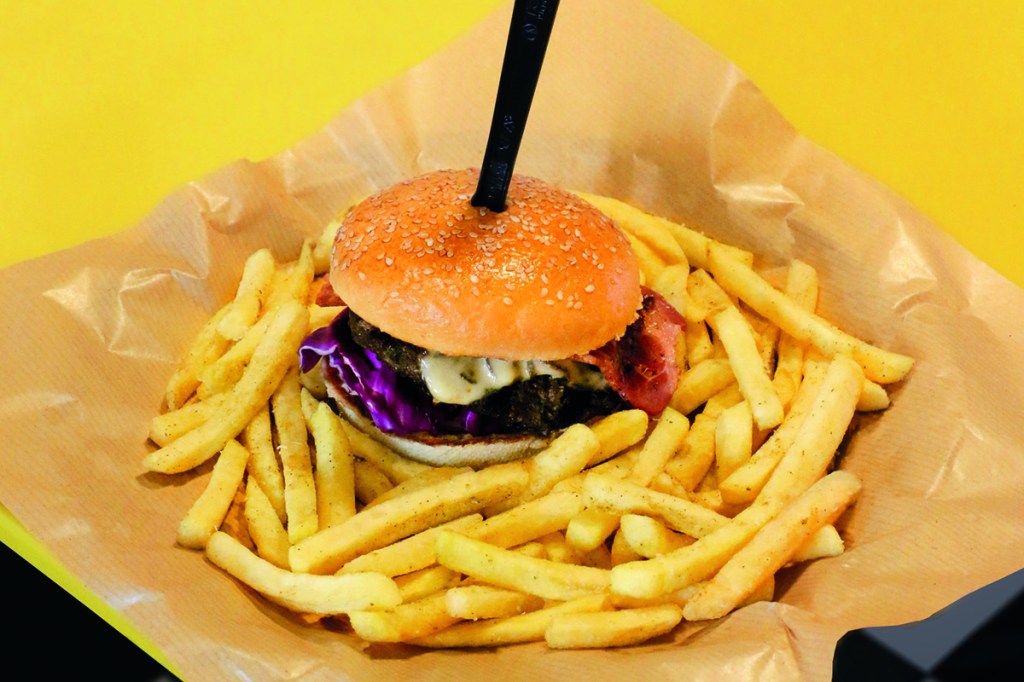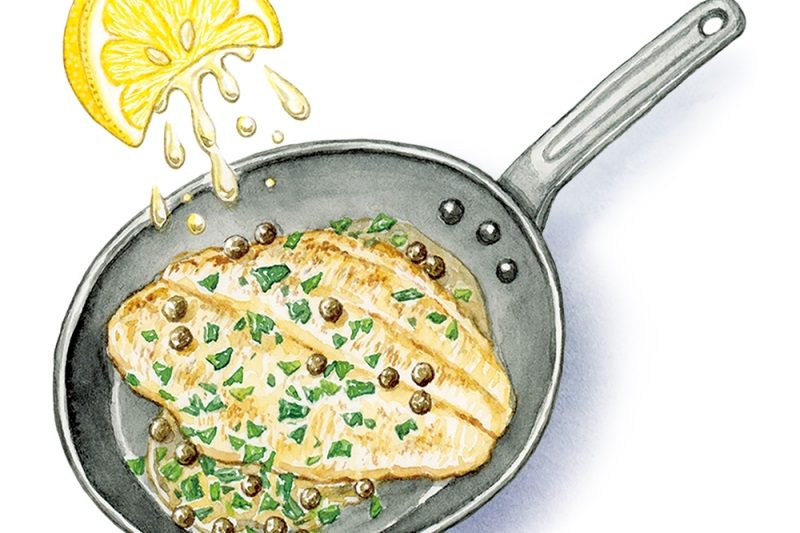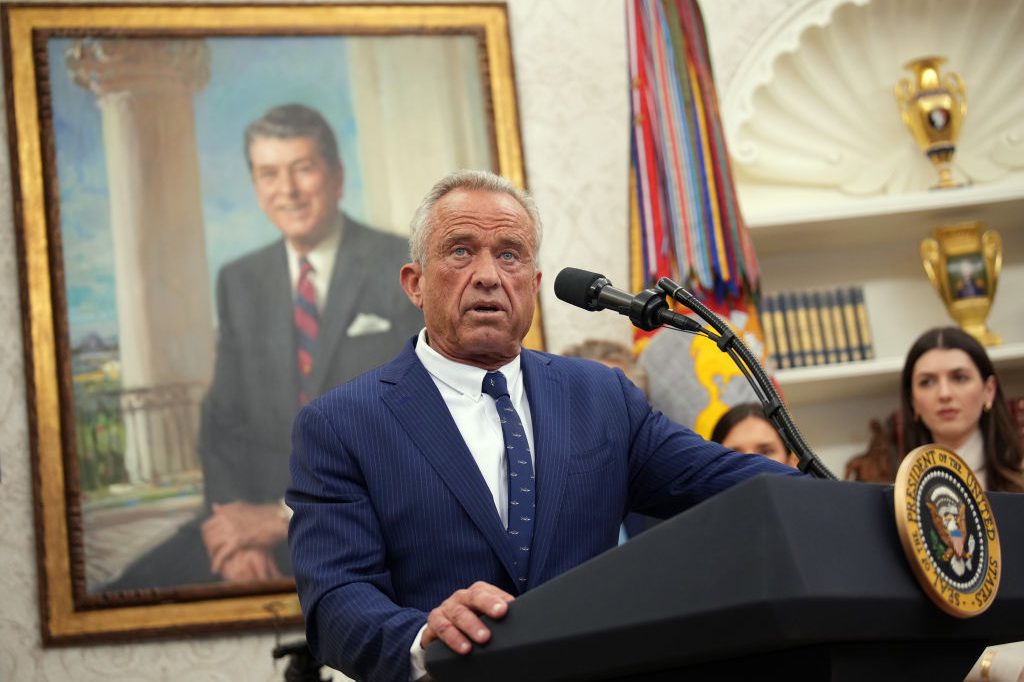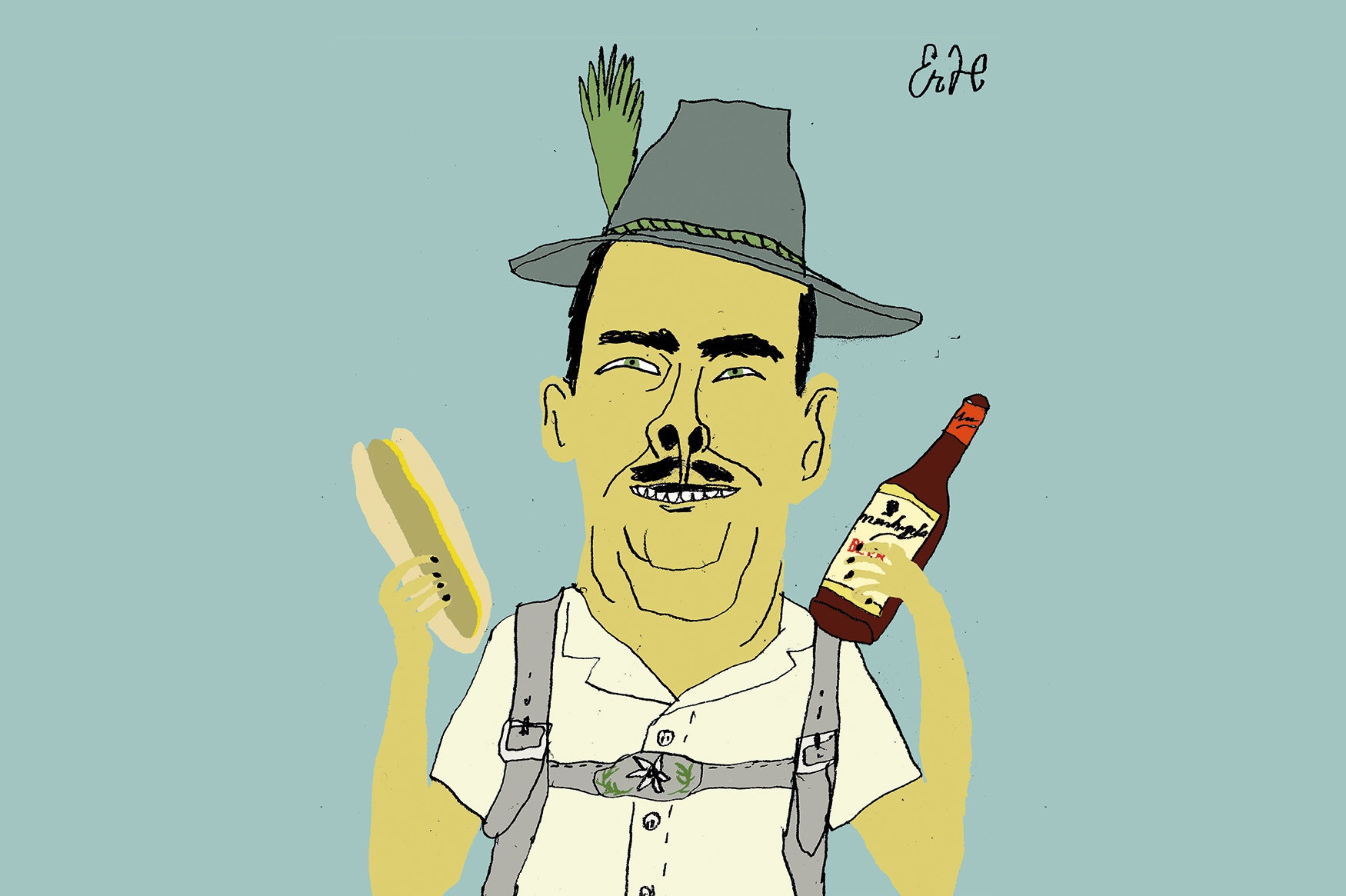The world’s first fast-food restaurant chain. The first to sell over a billion hamburgers, to invent the carry-out and to offer discount coupons in the newspapers. Jewel of the American Midwest. Celebrating its centenary. Better burgers than McDonald’s, according to Consumer Reports. Still run as a family business. Some 377 US locations, and growing. Obsessively loved by some, faintly ludicrous to others with its trademark enamel-glazed, faux-brick architecture and miniature square patties, White Castle is the Rodney Dangerfield of greasy spoons. It gets no respect. The chain may have survived for more than 100 years, but for nonbelievers it will always be downmarket, Vegas-tacky, garish and somehow appropriately the destination of choice when two whacked-out stoners get the munchies in the 2004 hit movie Harold & Kumar Go to White Castle.
It all began back in 1921, when an insurance salesman from Wichita, Kansas called Billy Ingram met a small-time restaurateur named Walt Anderson. They offered each other seed money and retail experience respectively. It took $700 to open the first White Castle, since demolished, in downtown Wichita. It caught on fast. In its first year the outlet sold some 12,000 ‘slider’ burgers at 5 cents apiece — and about double that the year after. Soon customers were ordering the bite-sized burgers by the dozen, giving rise to the company’s popular slogan: ‘Buy ’em by the sack.’
Still, the odds were against the enterprise succeeding. Americans weren’t yet addicted to the hamburger, and sales of ground beef had taken a nosedive after Upton Sinclair’s 1906 novel The Jungle highlighted the poor hygiene practices of the meatpacking industry. To counter this, Ingram and Anderson went for a reassuringly white, sterile look to their outlets — they soon had half a dozen of them around Kansas — that evoked a sense of surgical cleanliness. The spotless image was also expected of White Castle’s employees, who were required to be well-groomed and outfitted in stain-free uniforms. The two partners were pioneers in broadcast commercials, too, with a regularly aired spot that featured energetic munching sounds and a chirpy voice saying, ‘Mmm. This is really great. I’m really loving this White Castle sandwich.’ Soon there were dozens of imitators.
In the 1930s the company took another step forward when it established a network of regional cattle farms and bakeries. Today we think of the great fast-food chains as having their own supply systems and subsidiaries to produce everything from their basic beef or poultry down to their employees’ paper hats. Ingram and Anderson started all that. White Castle followed the classic trajectory of start-up retail operations: steered to success by the fanatically hands-on Billy Ingram (who later bought out his partner), that same managerial single-mindedness ultimately limited the chain’s growth. Ingram steadfastly refused to franchise his restaurant, because doing so meant he couldn’t personally supervise each outlet. By all accounts, he was also old-fashioned enough to prefer to expand only when he had the capital to do so, rather than by borrowing or taking investors’ money. It’s one of the reasons why White Castle still remains today like your favorite cult band rather than a Beatles or a Stones.
After Billy Ingram seared the hamburger into the national consciousness came the likes of McDonald’s in the 1940s, Burger King in 1954, and Wendy’s in 1969, along with many lesser spawn. If you were feeling generous you could take the view that fast-food joints unite America today like nothing else. Along the dark miles of interstate highway are those reassuring glowing neon signs, the ubiquitous golden arches or the enticing red-lipped logo of Dairy Queen. Or you could say that these same establishments are the enablers of an entire generation of young people who are rapidly turning into sofas.
It’s not just down to Billy Ingram and his imitators that we’re seeing our kids — not to mention plenty of adults — ossify in front of our eyes. For that we should thank, among others, the great, blustering 1970s US agriculture secretary Earl Butz. Butz used his department’s subsidy programs to aggressively push American farmers to increase their production of corn. When corn prices fell, he championed the production of high-fructose corn syrup — like sugar, but cheaper — which is today’s go-to ingredient for processed foods and soft drinks. Not coincidentally, from 1971 to 2000 US obesity rates more than doubled, and today our beloved CDC considers nearly half of all American adults and nearly a quarter of adolescents to be seriously overweight.
Poor Earl Butz. Even his name sounded vaguely comical. In 1976 he made an ill-advised joke about ‘coloreds’ and their three principal desires in life (look it up if you’re interested) that turned him into a household word and a punch line on Johnny Carson’s Tonight Show. Today such a faux pas would paralyze our public discourse, and even in the libertine Seventies it was enough to get Butz fired. Five years later, he served a short stint in jail for tax evasion.
Say what you like about White Castle, meanwhile, at least they’re a family business of admirable continuity. In 2015 Bill Ingram III, the founder’s grandson, stepped down after 35 years as CEO. His daughter Lisa took his place. It’s not the original Ingram’s fault that we’ve become a nation polarized by an ever-widening gap between the obsessively healthy elite and the devoted flabsters, even if he unwittingly pulled the levers that made it possible. You could make a case for saying that the real revolution in American life isn’t primarily social or political in thrust. What divides us more profoundly are our waistlines.
This article was originally published in The Spectator’s August 2021 World edition.

























